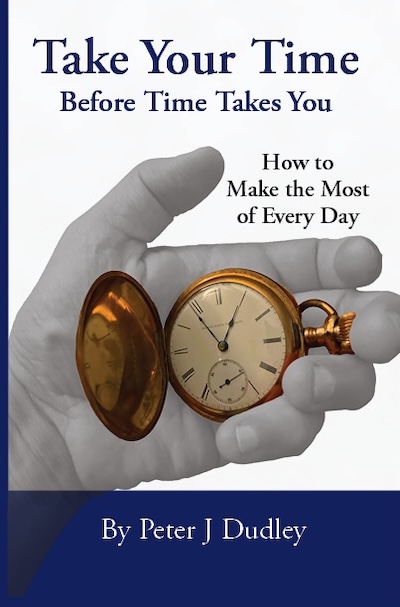Three communication hacks
Three communication hacks have featured prominently in my life in the past week. Two are mine, which I shared with multiple clients, and one I learned from my 26 year old and his fiancée yesterday.
All three are primarily for couples, but I’m sure they can be adapted for other situations.
1. What’s my role in this conversation?
When your partner starts a new conversation, how do you know if what they need is support, sympathy, outrage, solutions, knowledge, or something else?
Ask them.
Most of us leap into a role that feels familiar and easy without regard to what our partner expects or needs. Then, when all our attempts at communication bounce, we get mad at the other person for rejecting us.

For example, one of my clients last week said, “My husband doesn’t want solutions for his crappy job. He just wants to complain about it. How do I get him to listen to me?”
It turns out, of course, that what he wants from his wife in this situation are commiseration, sympathy, and support. It’s not that he undervalues her opinions; it’s just that he comes to those conversations needing something else.
For some reason, we never think of asking, “What is my role in this conversation right now?”
I use that question whenever I feel unsure of what my partner needs. Sometimes she needs support, sometimes solutions, sometimes outrage on her behalf… it’s not always immediately apparent.
So I ask.
The question itself makes us both more aware of how we’re showing up in this moment, and sometimes it can short-circuit the conversation altogether or push it in a much more productive, collaborative direction.
2. Can I get you a sandwich?
I call this the “safe word” tactic. Early on in our relationship, my partner and I stumbled on to the phrase “can I get you a sandwich” when one of us started to go into a counterproductive communication mode. She would get testy, and I would get moody. It mostly happened when we hadn’t eaten in a while.
One day, when I hadn’t eaten in a while and was particularly moody and non-talkative, she asked, “Can I get you a sandwich?” It was a legitimate question in the moment, but I knew that she meant I was being a pill.
The next morning when she was starting to get a little testy, I asked, “Can I get you a sandwich?” It would have been a legitimate question except it was early in the morning, so a sandwich would have been out of place. We both remembered her question to me the day before, so we both found it disarmingly funny.
Thus, the safe word tactic was born.

For us, the phrase can I get you a sandwich defuses tension and reminds us to check ourselves. It’s an agreed-to and permission-given way of saying, “your attitude is not helpful right now.”
Every relationship develops communication ruts—well-worn patterns that become problematic over time because you just know where this is going. So you short-circuit it by jumping ahead to the resentment, moodiness, testiness, or anger you know is going to result.
The safe word tactic is a way to bust out of the rut when you feel yourself being drawn into it. Because you both have made a pact to let your partner use the safe word, you’re not allowed to get mad when they invoke it.
3. How much do you care about making this decision?
The one my kid introduced me to yesterday is a clever end-around for any couple who have trouble making small decisions. What restaurant to go to? What show to watch tonight?
If you’re a pleaser in a relationship with another pleaser, you know how exhausting any small decision is. You both want to make sure the other person is happy, so you neither of you wants to impose your will on the other.
I suppose the same must be true for two strongly-opinionated, or selfish, or controlling, or passionate people, but it’s a different clash underlying the decision-making process.
When my son and his fiancée have trouble making a decision, instead of trying to push through a painful decision process, they ask this simple question: On a scale of 1 to 10, how much do you care about being the decision-maker on this one?

They then say their numbers at the same time, and the higher number has to make the decision while the lower number has to endure the result. (He did not tell me what they do in case of a tie; I’ll have to ask if it’s happened yet.)
I love this not because it’s a perfect solution to a common problem, but because it creates a novel way of looking at the problem. By changing it from what decision will we make make to who is going to make the decision, they eliminated the emotional conflict at the core of the problem.
Connect with me
Schedule a consultation session now or drop me a line.

With Take Your Time Before Time Takes You, learn to make the most of every day through thought-provoking exercises and perspective-twisting stories. Get it now in paperback or ebook.
“It changed my life.” – TP, client
“A go-to guide for people who want to improve their lives but don’t know where to start.” – MJ, earlier reviewer

RELIT: How to Rekindle Yourself in the Darkness of Compassion Fatigue gives practical, actionable advice on avoiding and overcoming compassion fatigue and caregiver burnout. My chapter explains how I stay centered and focused so I can give every client my best, every time.
Download my chapter for free: Show up. Try hard. Be nice.
Or just go buy the whole book. It’s worth it.


